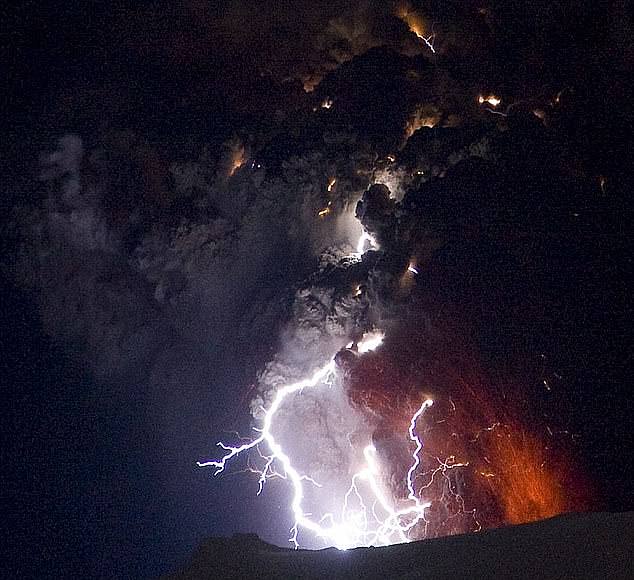nivek
As Above So Below
Why 536 AD was the worst year to be alive
Scientists say a mysterious fog that blocked out the sun causing crop failures and widespread famine was the worst global disaster in history.
Bubonic plague, famine, war and flu pandemics have made some periods of human history infamous for death and suffering but one year stands above the rest in terms of misery; 536AD.
According to research from a Harvard professor, it is a prime candidate for the unfortunate accolade of the worst year in the entirety of recorded history.
Europe, the Middle East, and parts of Asia were plunged into 18 months of solid darkness by a mysterious fog.
It caused snowfall in China, continental-scale crop failure, extreme drought, famine and disease throughout most of the northern hemisphere.

Incessant volcanic activity is believed to have produced millions of tonnes of ash which spread over vast swathes of the world.
A cataclysmic volcanic eruption in Iceland created a huge cloud that resided over most of the northern hemisphere for 18 months.
The eerie fog caused an unrelenting dusk persevering throughout day and night. Effects on the climate were so severe that the Irish chronicles tell of 'a failure of bread from the years 536–539'. Temperatures in the summer of 536 fell 1.5°C to 2.5°C, initiating the coldest decade in the past 2,300 years. This introduced a period of economic ruin which would steadfastly remain in place until a century later.
The international devastation triggered by the unidentified fog gave rise to the moniker 'The Dark Ages' which has been used to refer to this ominous time.
Causes of the event have remained a mystery to scientists since it was first discovered via tree ring analysis that the world's temperature dipped for several years at this point in time.
Dr McCormick and glaciologist Paul Mayewski at the Climate Change Institute of The University of Maine (UM) in Orono believe to have finally put the riddle to bed.
In their study, published in the journal Antiquity, the researchers reveal it was likely caused by a cataclysmic volcanic eruption in Iceland.
Analysis of ice cores - natural time capsules of Earth's geological past - also unearthed that two eruptions followed in 540 AD and 547 AD.
.
Scientists say a mysterious fog that blocked out the sun causing crop failures and widespread famine was the worst global disaster in history.
Bubonic plague, famine, war and flu pandemics have made some periods of human history infamous for death and suffering but one year stands above the rest in terms of misery; 536AD.
According to research from a Harvard professor, it is a prime candidate for the unfortunate accolade of the worst year in the entirety of recorded history.
Europe, the Middle East, and parts of Asia were plunged into 18 months of solid darkness by a mysterious fog.
It caused snowfall in China, continental-scale crop failure, extreme drought, famine and disease throughout most of the northern hemisphere.

Incessant volcanic activity is believed to have produced millions of tonnes of ash which spread over vast swathes of the world.
A cataclysmic volcanic eruption in Iceland created a huge cloud that resided over most of the northern hemisphere for 18 months.
The eerie fog caused an unrelenting dusk persevering throughout day and night. Effects on the climate were so severe that the Irish chronicles tell of 'a failure of bread from the years 536–539'. Temperatures in the summer of 536 fell 1.5°C to 2.5°C, initiating the coldest decade in the past 2,300 years. This introduced a period of economic ruin which would steadfastly remain in place until a century later.
The international devastation triggered by the unidentified fog gave rise to the moniker 'The Dark Ages' which has been used to refer to this ominous time.
Causes of the event have remained a mystery to scientists since it was first discovered via tree ring analysis that the world's temperature dipped for several years at this point in time.
Dr McCormick and glaciologist Paul Mayewski at the Climate Change Institute of The University of Maine (UM) in Orono believe to have finally put the riddle to bed.
In their study, published in the journal Antiquity, the researchers reveal it was likely caused by a cataclysmic volcanic eruption in Iceland.
Analysis of ice cores - natural time capsules of Earth's geological past - also unearthed that two eruptions followed in 540 AD and 547 AD.
.
